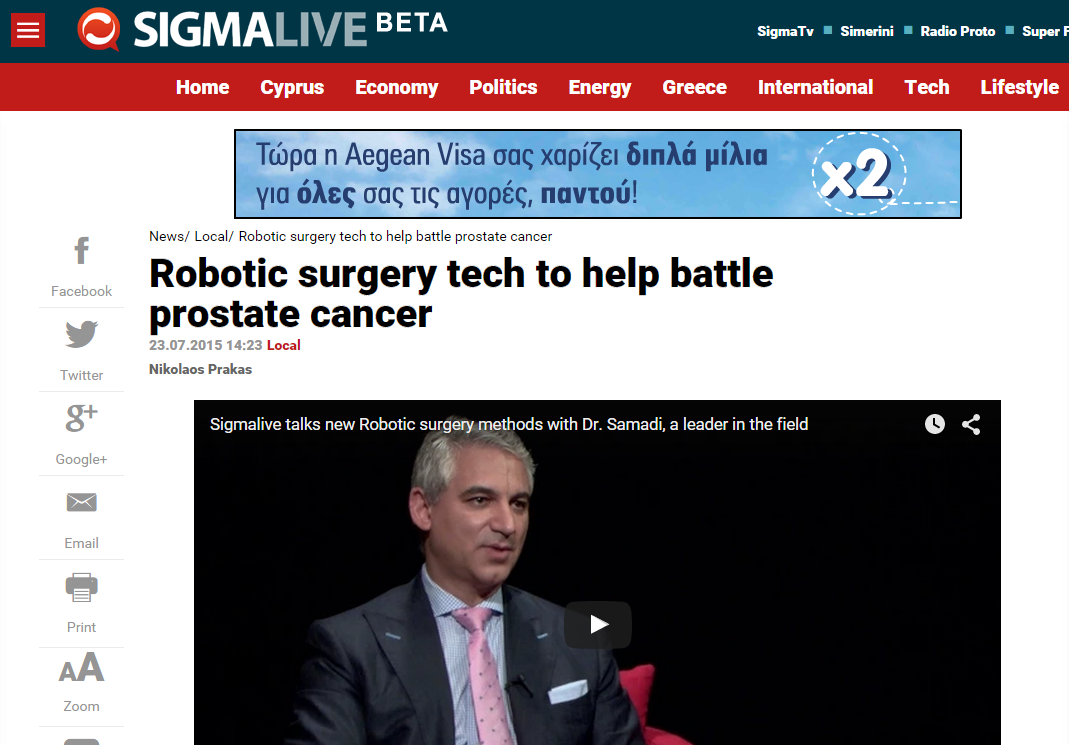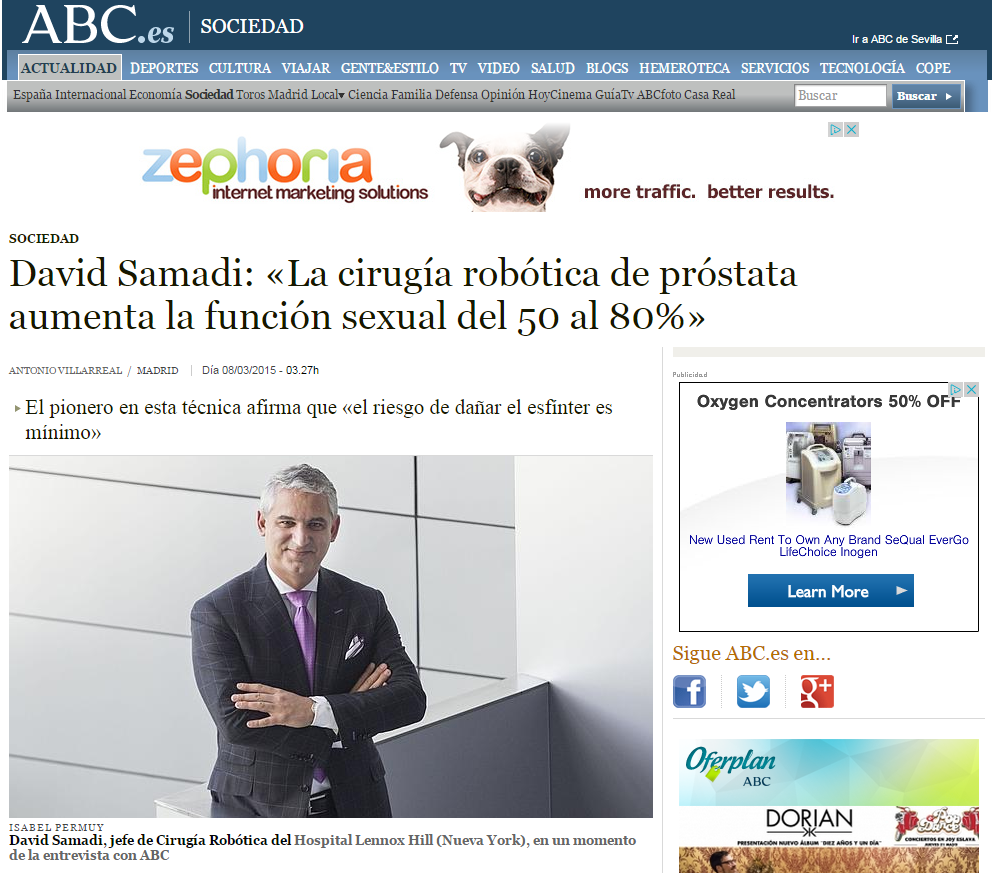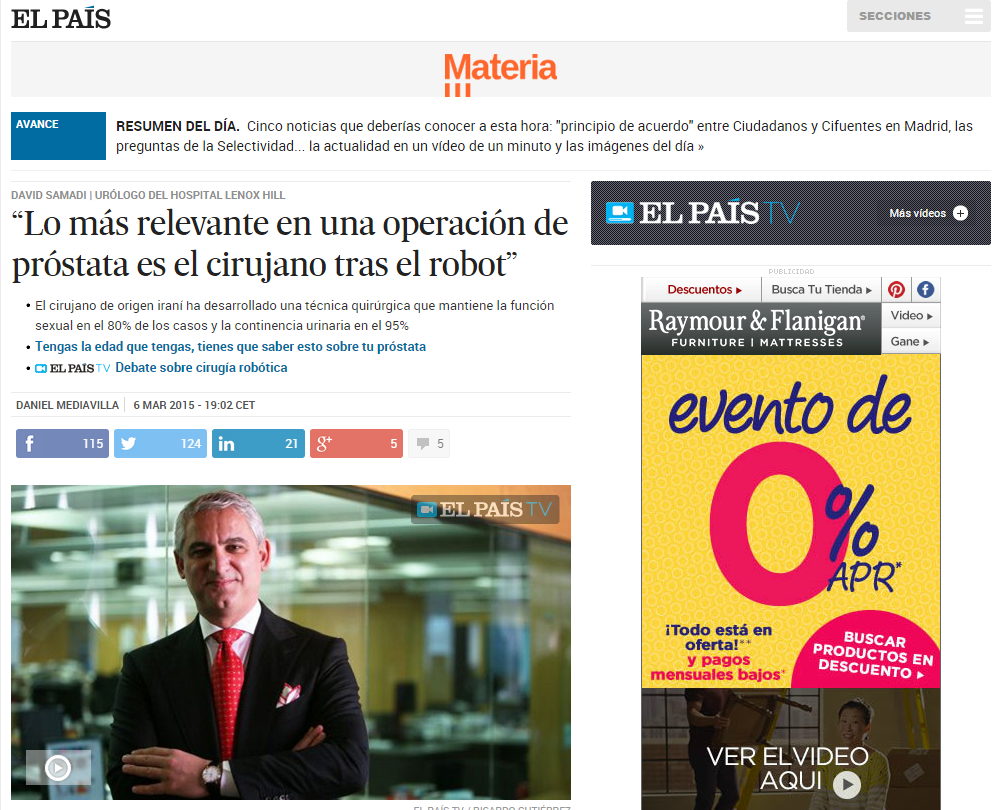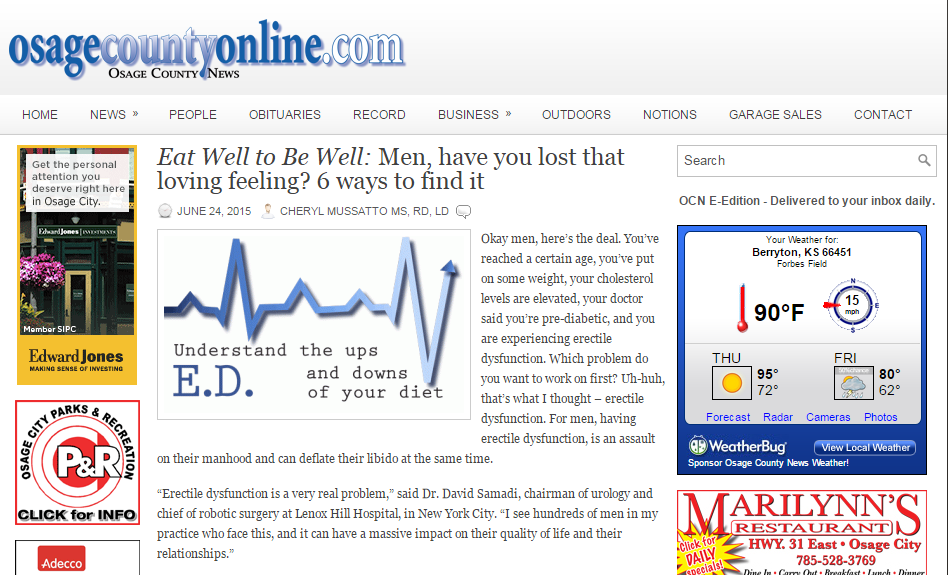Should you be wearing a face shield instead of a face mask?
/Should you be wearing a face shield instead of a face mask?
Before you buy one more decorative face mask, consider this: for anyone who simply hates wearing a face mask, there appears to be a very good alternative: face shields. Better yet, medical experts also are beginning to support them saying face shields might replace masks as a more comfortable and effective deterrent to COVID-19.
Face shields are not as commonly seen as face masks but are slowly becoming more mainstream as a barrier protecting your from COVID-19. The Centers for Disease Control and Prevention still recommends wearing a cloth face masks or covering when in an indoor public setting or outdoors when social distancing of at least 6 feet or more is difficult to maintain. However, laboratory testing has found that cloth masks provide only some filtration of virus-sized aerosol particles. In other words, they don’t really do that much to protect you from the virus.
Face masks do have some advantages but also numerous limitations. However, wearing a face shield has several distinct advantages making them more desirable way than wearing a face mask.
What are face shields?
Anyone who works in a healthcare setting, especially hospitals, are familiar with face shields. Since the pandemic, medical personnel responsible for intubating patients with COVID-19, wear face shields in addition to also wearing a face mask. Medical staff involved with surgeries also wears face shields to protect their eyes from blood or other bodily fluids or from bone fragments.
The typical face shield is made from a curved plastic or Plexiglass panel worn over the face. Think of them sort of like a transparent visor that completely covers your face extending slightly below the chin. Therefore, not only are your eyes covered by the plastic, but also your nose and mouth.
How effective are they?
Here’s the good news: face shields are looking to be a better alternative than face masks and scientific research is backing this up. A 2014 study found that when tested against an influenza-infused aerosol from a distance of 18 inches away, a face shield reduced exposure by 96% during the period immediately after a cough. The face shield also reduced the surface contamination of a respirator by 97%.
Face shields will need to be cleaned daily by sterilizing them with an antibacterial wipe, alcohol pad, or soap and water, on both sides of the plastic.
Advantages of face shields vs face masks
Health experts are supporting the use of face shields for those who prefer this form of viral protection. Most agree that face shields appear to be just as effective as a face mask and actually likely are more effective.
The fact is face shields have advantages over face masks:
· Face shields are more comfortable to wear than a face masks. Face masks often don’t always “fit” the face of some people. Often, you have to constantly readjust face masks, increasing the number of times you are touching it or your face. This could possibly increase your chance of transferring the virus from your hands to your mouth, nose, or eyes. Wearing a face shield does not increase the likelihood of touching your face as much and they are not as cumbersome to wear.
· Wearing a transparent face shield allows you to actually see what a person looks like. You’ll be able to see facial expressions as opposed to someone wearing a face mask. Many find it hard to hear or understand what someone is saying when they are wearing a face mask. For those with hearing difficulties or who lip read, face shields allows you to both hear and see a person’s mouth moving allowing better communication. In fact, the American Speech-Language-Hearing Association (ASHA) sent a letter to CDC Director Robert Redfield asking the agency the need for clear face shields to help people with hearing and other communication disorders.
· For children, wearing a face shield is better than masks, especially for children with learning disabilities including autism. By allowing full visibility of facial expressions of the teacher or other students, this can help those students read and understand social cues.
· Wearing face masks, especially those made of cloth can get hot very quickly. Wearing a face shield keeps you cooler since you’re not breathing in your own hot breath and the face pexiglass is not touching your face.
· Face shields are much better for prevention of fogging of glasses, ease of cleaning and resuse.
· Face shields are also less likely to cause headaches like face masks can when worn for many hours each day.
Should a face shield and a face mask be worn at the same time?
It is not necessary for the average person to wear both a face shield and a face mask together. There is not much added benefit to wearing a mask if you already have a face shield on. The odds of viral particles floating upwards under your shield are highly unlikely. An infected person would have to stand underneath you and either cough or sneeze towards your face – doubtful this situation would ever occur.
Dr. David Samadi is the Director of Men’s Health and Urologic Oncology at St. Francis Hospital in Long Island. He’s a renowned and highly successful board certified Urologic Oncologist Expert and Robotic Surgeon in New York City, regarded as one of the leading prostate surgeons in the U.S., with a vast expertise in prostate cancer treatment and Robotic-Assisted Laparoscopic Prostatectomy. Visit Dr. Samadi’s websites at robotic oncology and prostate cancer 911.




































































